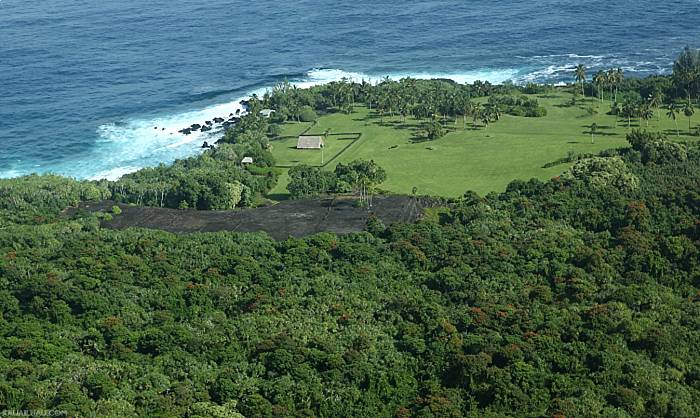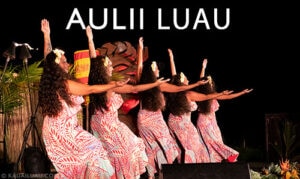Hawaii Flora
All About Indigenous & Endemic Species
Hawaii Flora:
Various Indigenous & Endemic Species
Visitors often marvel at the natural beauty found among our islands, but do they learn anything about it? Let’s unravel the distinction between Indigenous and endemic Hawaii flora.
Each plays a significant role in understanding the biodiversity and ecological history of Hawaii. While they may seem similar, they have important differences.
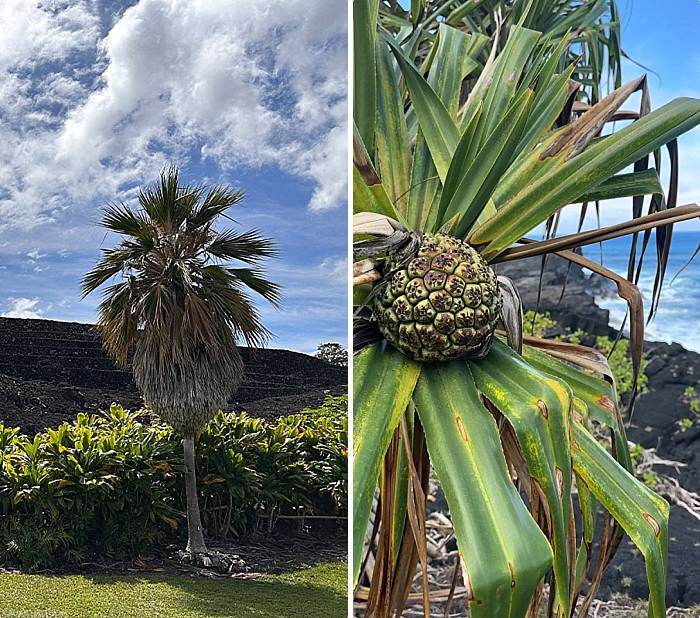
Indigenous Plants
- Indigenous plants are species that are native to a particular region or area. They have naturally occurred and evolved in that region over a long period of time, often for thousands or millions of years.
- These plants are well adapted to the local environmental conditions, including climate, soil, and ecological interactions. They have co-evolved with local wildlife and often provide crucial resources for native animals.
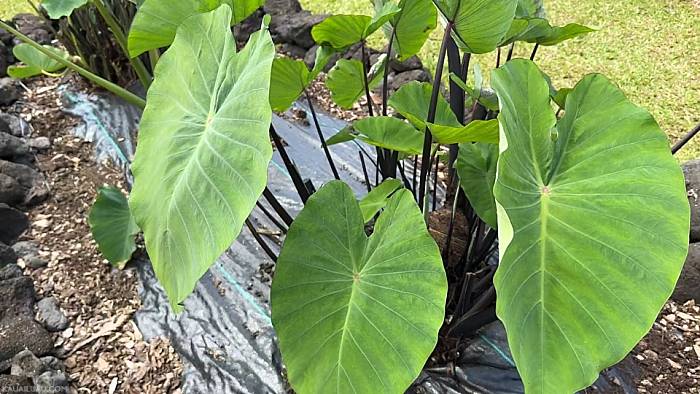
- Indigenous plants can be found in multiple regions or countries, as long as they are native to those areas. They may have broader geographic distributions.
- Human activities, such as trade and transportation, have sometimes led to the spread of indigenous plants to other regions where they may become invasive if they disrupt local ecosystems.
Endemic Plants
- Endemic plants are species that are unique to a specific geographic area and are found nowhere else in the world. They have evolved in isolation, often due to geographical barriers like islands, mountain ranges, or isolated habitats.
- Endemic plants are incredibly important for conservation efforts because they are often highly specialized to their local environment and face a higher risk of extinction if their habitat is disturbed or destroyed.
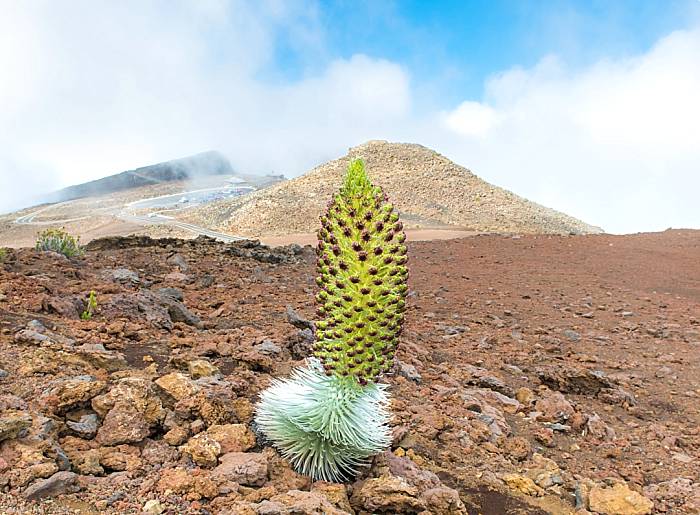
- These plants can be considered “living fossils” in some cases, as they represent ancient lineages that have survived in isolation for millions of years.
- The endemism of plants can be used as a key indicator of a region’s ecological uniqueness and importance for biodiversity conservation.
Polynesian Introduced
Approximately 2,000 years ago, Polynesians explored the world via voyaging canoes, bringing specific important crops with them. These “Canoe Crops” have flourished on the Hawaiian Islands, and are still important crops for our people.
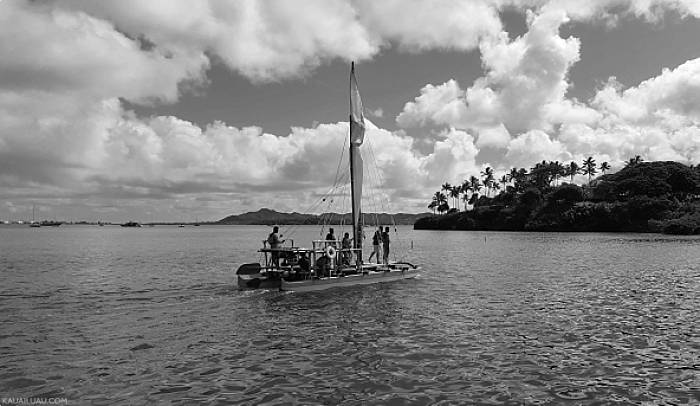
Indigenous and Endemic Flora Found In Hawaii
KOU
Cordia subcordata Lam.
Boraginaceae, Borage Family
Indigenous
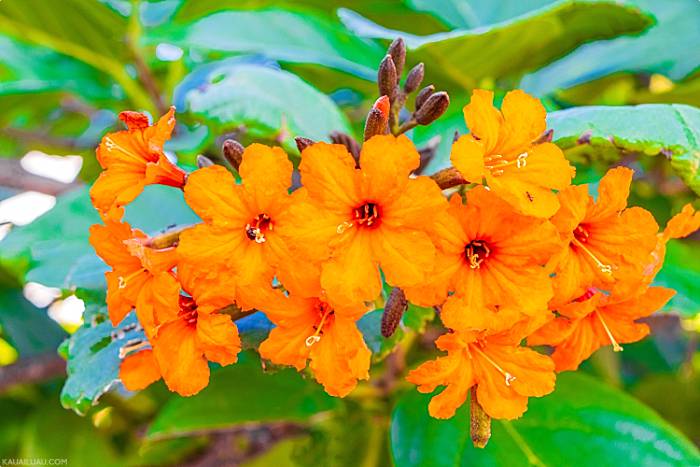
Kou is a beautiful tree with glossy leaves that grows in coastal areas. The soft, smooth leaves, and delicate, orange blossoms are the key features of the kou tree.
Like the milo tree, kou wood has a beautiful grain. The easily carved wood is fashioned into calabashes, platters, and bowls. The leaves of the kou are also useful in producing a reddish-brown dye used to stain kapa (bark cloth). The flowers were used in making beautiful orange lei.
HAU – Sea Hibiscus
Hibiscus tiliaceus L.
Malvaceae, Mallow Family
Indigenous/Polynesian Introduced
Hau, creeping and spreading low with branches growing this way and that forms a tangled mass. The leaves are broad and heart-shaped. Hau can be found growing alongside streams and near the ocean.
It is unclear whether the hau brought by the Polynesian voyagers is also indigenous (native to Hawai’i and other places).
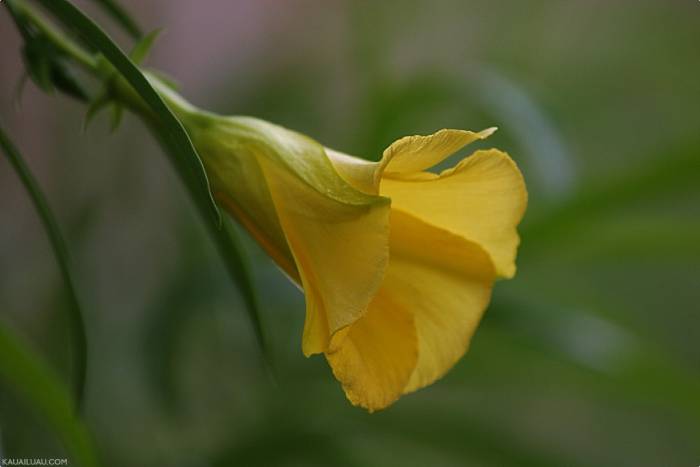
Hau was highly valued and regarded. Commoners were not allowed to cut hau branches without permission from the chief. Hau wood is ideal for carving into fish net floats and the outriggers for canoes. It is also used as a firebrand to start fires and a source of firewood. Different plant parts provide materials for medicines, canoes, cordage, clothing, and weapons. The slimy sap at the base of the flower is useful as a laxative or used to help women in labor with delivery.
The attractive flower of the hau will change in color from yellow in the morning to red in the early evening. Children are sometimes instructed to be home before the hau blossom turns red.
“Keke’e hau o Maʻalo.”
Crooked are the hau trees of Maʻalo.
A humorous saying. The hau grove of Maʻalo, Maui, was known as a place for illicit love affairs.
ʻOHE – Bamboo
Schizostachyum glaucifolium (Rupr.) Munro
Poaceae, Grass Family
Indigenous/Polynesian Introduced
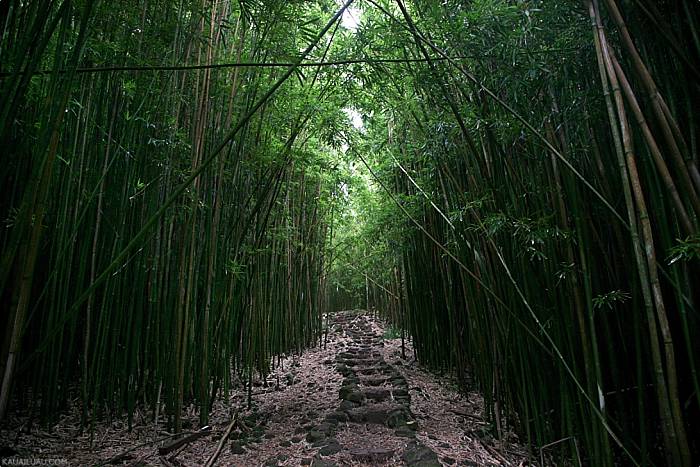
Bamboo are gigantic grasses that grow in dense clumps, spreading by underground stems or rhizomes. The stem is made up of jointed hollow tubes. The fastest-growing plant in the world, one species has been clocked at growing an astonishing four feet in a 24-hour period.
Sometimes called ʻohe Hawaii or Hawaiian bamboo, this species of bamboo is characterized by the thin green walls of its stem. This attribute makes it too weak for construction purposes but ideal for making instruments. Tools and instruments made from ‘ohe Hawaii are pū’ili (split bamboo rattle), ʻohe hano ihu (nose flute), kāʻekeʻeke (bamboo percussion pipes), pū ʻohe (bamboo trumpet), lapa (bark cloth liners), and ʻohe kāpala (bamboo stampers).
Hina, a female Hawaiian deity, is believed to have brought a variety of ʻohe to Hawaiʻi from Kahiki. Her original grove was at Waikamoi, Maui, where you can still see large groves of bamboo along the Hāna Highway.
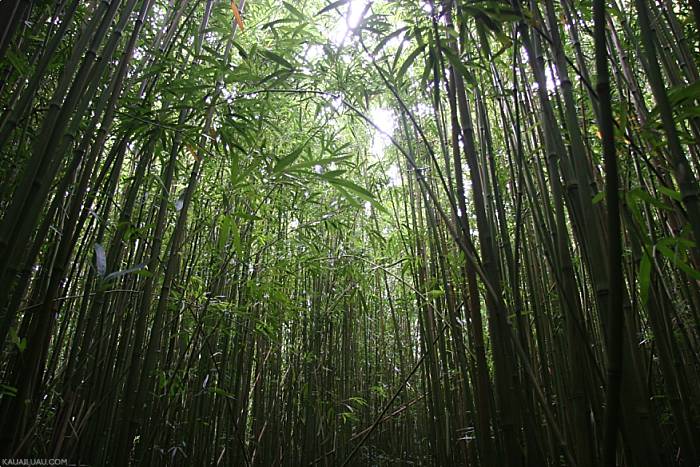
MILO – Portia Tree
Thespesia populnea (L.) Sol. ex Correa
Malvaceae, Hibiscus Family
Indigenous/Polynesian Introduced
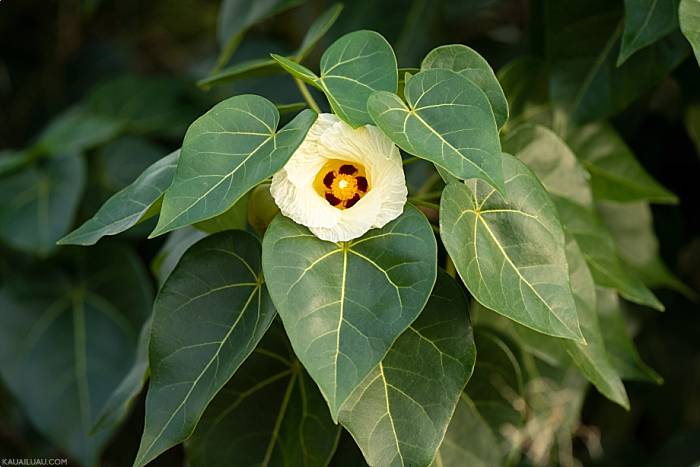
Milo, similar to the Kou Tree, is a handsome tree that can grow to forty feet tall and produce a trunk over two feet in diameter. With glossy, heart-shaped leaves and flowers with striking yellow petals, the lovely milo tree decorates coastal landscapes across Hawal’l.
The beautiful, reddish-brown wood of milo is best used for making calabashes and platters, as it gives no unpleasant taste to food. Parts of the milo tree are used in preparations of dye, medicine, and oil.
Like some of the sugar cane varieties, milo is said to have the ability to make people fall in love. Thus it is used in a special type of sorcery called “hana aloha.”
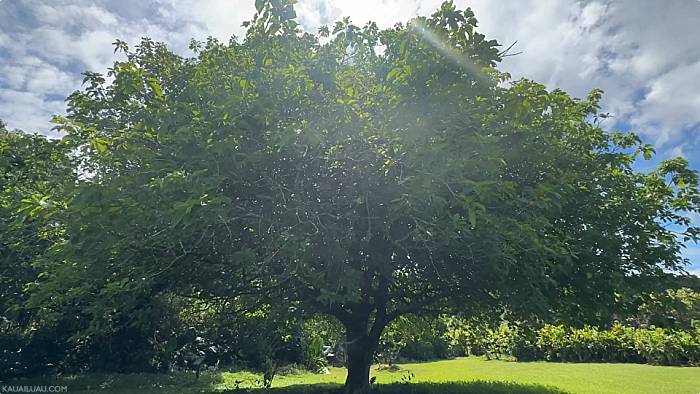
“He milo ka lā’au, mimilo ke aloha.”
Milo is the plant; love goes round and round.
Said of the milo tree when its leaves, blossoms, or seeds were used by a kahuna who practices hana aloha sorcery.
LOULU – Pritchardia
Pritchardia sp.
Arecaceae, Palm Family
Endemic
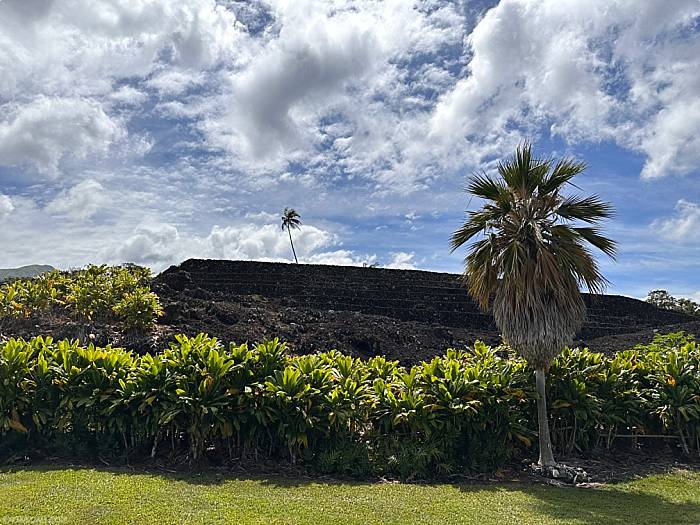
The genus Pritchardia is the only palm genus native to Hawaii. There are currently about 27 species found on the tropical Pacific islands with nearly 22 of these endemic, or only found in the Hawaiian islands.
The leaves of these palms are fan-shaped, which distinguishes them from the feather-shaped leaves of the coconut palm and more recent introductions used in tropical landscaping.
As you may have noticed, there are not many loulu to be seen around the islands as compared to other species of palms. There was once a time when loulu grew in abundance and the dried leaves were used for thatch on traditional hale (houses).
You can still find traditional hale in the Hāna area that use Pritchardia leaves for thatch.
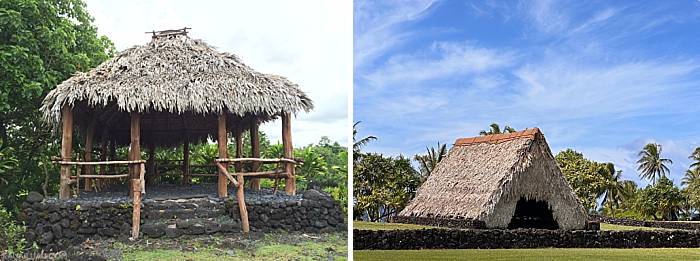
KAUNAʻOA PEHU
Cassytha filiformis L.
Lauraceae, Laurel Family
Indigenous
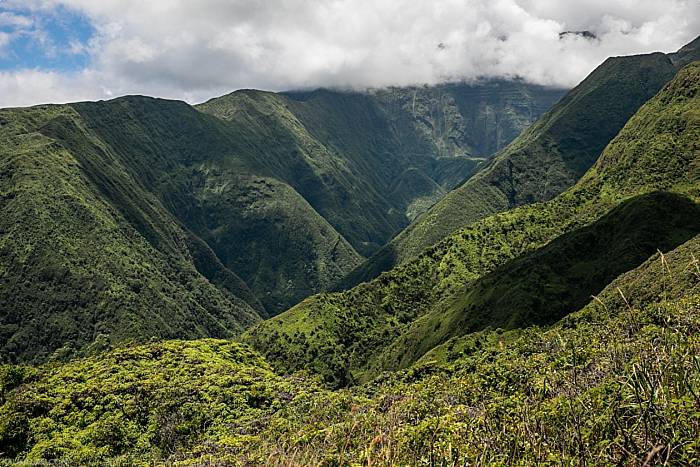
The parasitic nature of the kaunaʻoa is sometimes compared to people who mooch off others. Using its specialized sucker-like structures called haustoria, the kaunaʻoa attaches itself to host plants where it literally saps the nutritious sap.
The bright orange lei of Lāna’i is actually a different species of kaunaʻoa (Cuscuta sandwichiana) that often grows in coastal strands right on the sand with other host plants.
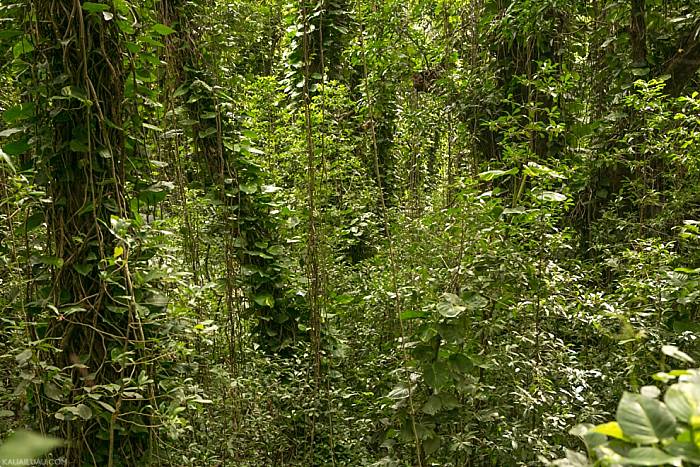
“Hihi kauna’oa, hihi i Mānā; aloha wale ia la’au kumu ‘ole.”
The dodder vine creeps, creeps at Mana; beloved indeed is the trunkless plant.
This saying is from two lines of a chant. Said of a person with no family background, or to a parasitical person. The kaunaʻoa is a parasite.
Hala – Screw Pine
Pandanus tectorius Parkinson
Pandanaceae, Screw Pine Family
Indigenous/Polynesian Introduced
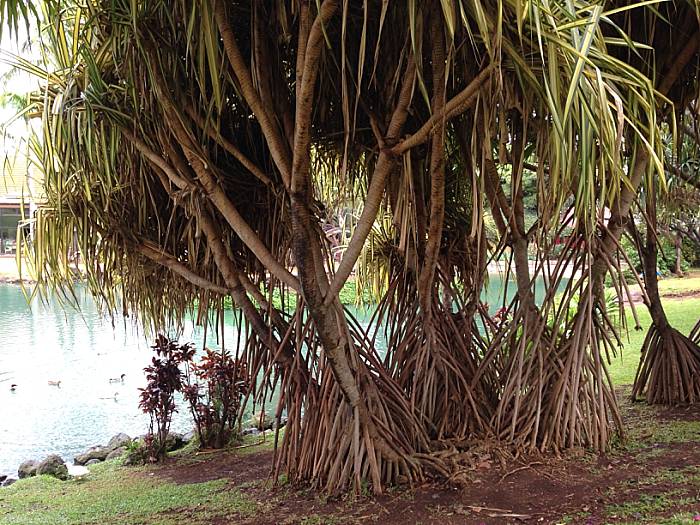
The distinguished hala tree is easily recognized by its long prop and aerial roots, geometrically decorated trunk and branches, tufts of long, thorny leaves, and pineapple-like fruits. These unisexual plants will produce either fragrant male blooms with white bracts or female blooms that mature into fruit. Hala grows well along the coast of all the islands.
One of the most versatile and utilitarian plants available to Pacific islanders, all parts of this tree are useful. The slender leaves (lauhala) are processed into fine strips that are plaited into mats, baskets, pillows, and sails for canoes among other things. The durable quality of the leaves also makes it great for housing thatch.
Other uses of this plant include the fruitlets for lei and paintbrushes; the roots also for paintbrushes and medicine; the male inflorescences (hinano) as an aphrodisiac and fine plaiting articles (white bracts).
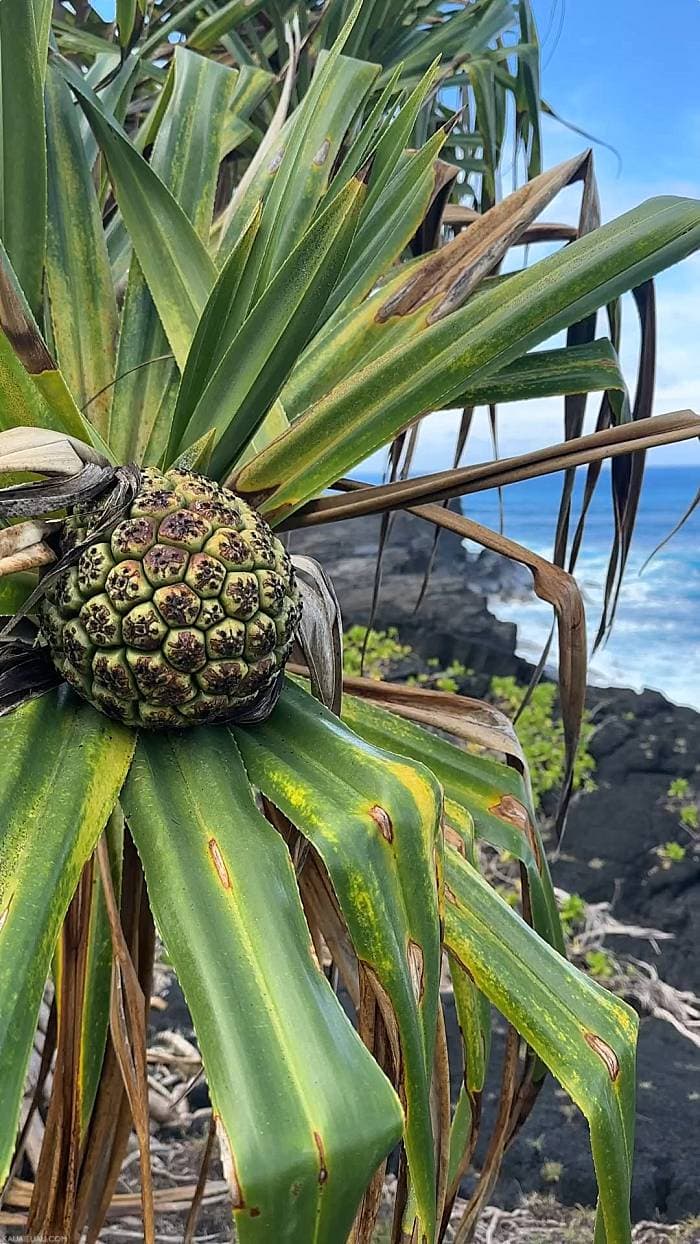
Hāna, like Hāʻena, Kauaʻi, and Puna, Hawaiʻi, is famous for its hala groves. A large portion of Kahanu Garden (behind the heiau) is part of the largest remaining hala grove in the islands. The people of Hāna are said to have produced the finest lauhala products throughout the islands.
“Ka hala lau kalakala o Wākiu.”
The thorny-leaved hala of Wākiu.
A boast about one who is not to be tampered with.
NAUPAKA KAHAKAI – Beach Naupaka
Scaevola taccada (Gaertn.) Roxb.
Goodeniaceae, Goodenia Family
Indigenous
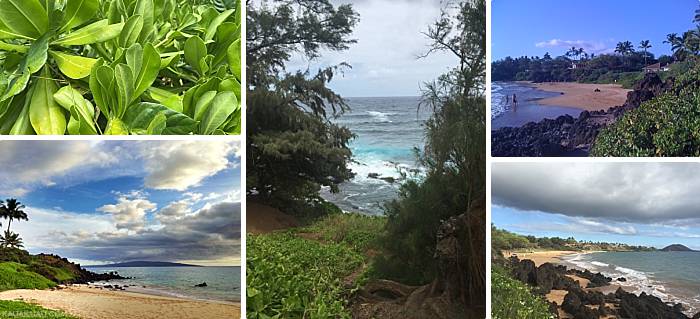
The naupaka kahakai is a succulent shrub that can be found along the shores of most Pacific and Indian Ocean coasts. The spongy, buoyant fruits have dispersed this plant to even the remotest islands like Hawaii nei. Hawaii is also home to 8 other endemic species of the genus Scaevola.
By means of adaptive radiation, ancient colonization events of Scaevola and/or Scaevola-related plants have evolved into these unique species. Immediately, one should take notice of the unique “half-flower” of the naupaka plant. A Hawaiian legend describes the origin and relationship of this beach naupaka plant to the endemic upland naupaka species (naupaka kuahiwi) as representing two lovers who were separated in a dispute. Only when their “half-flowers” are reunited do they become whole again.
Mahalo to Kahanu Garden for teaching us so much about these beautiful and important plants.
© Kauai Luau • 27 Halekuai St. Kihei, HI 96753 • privacy

